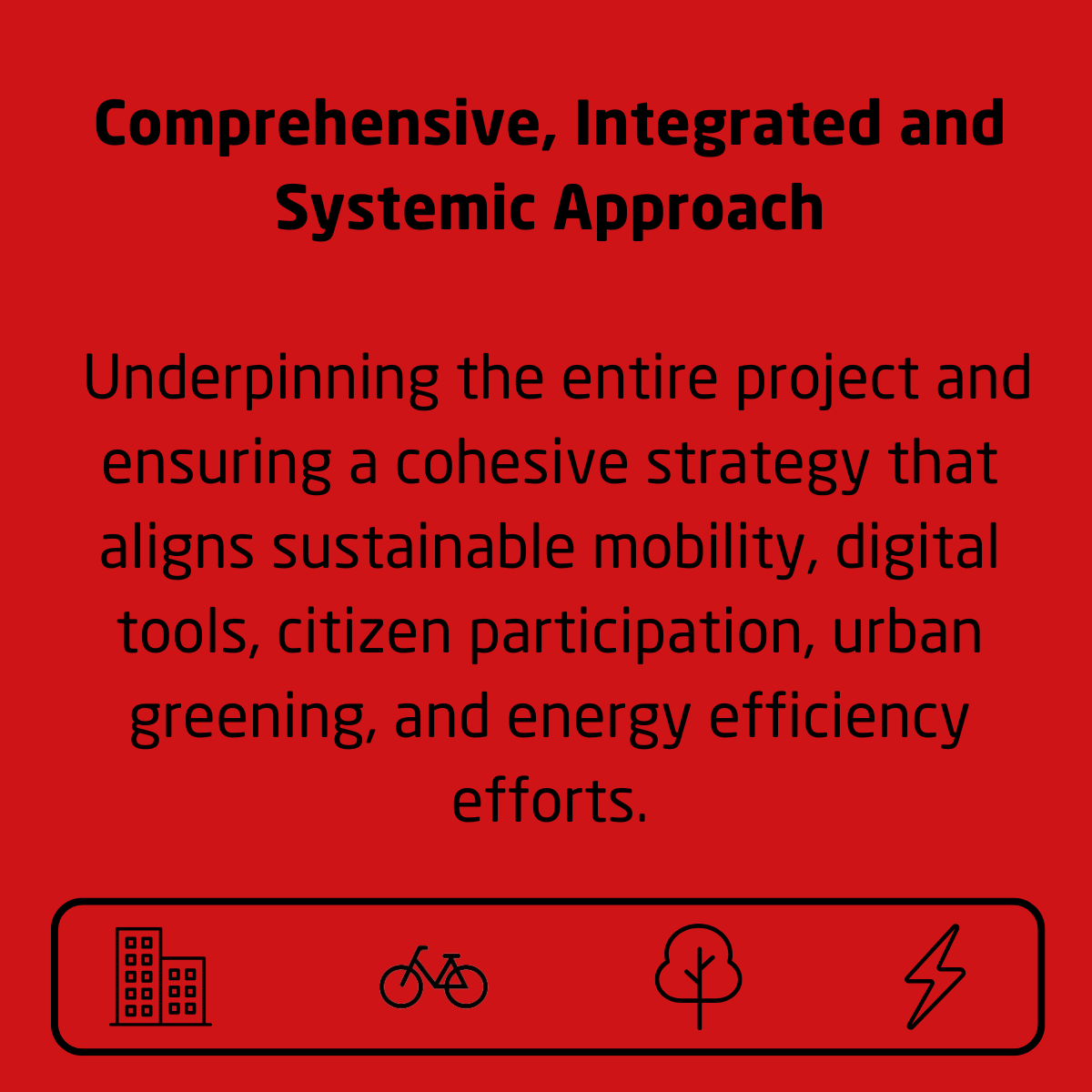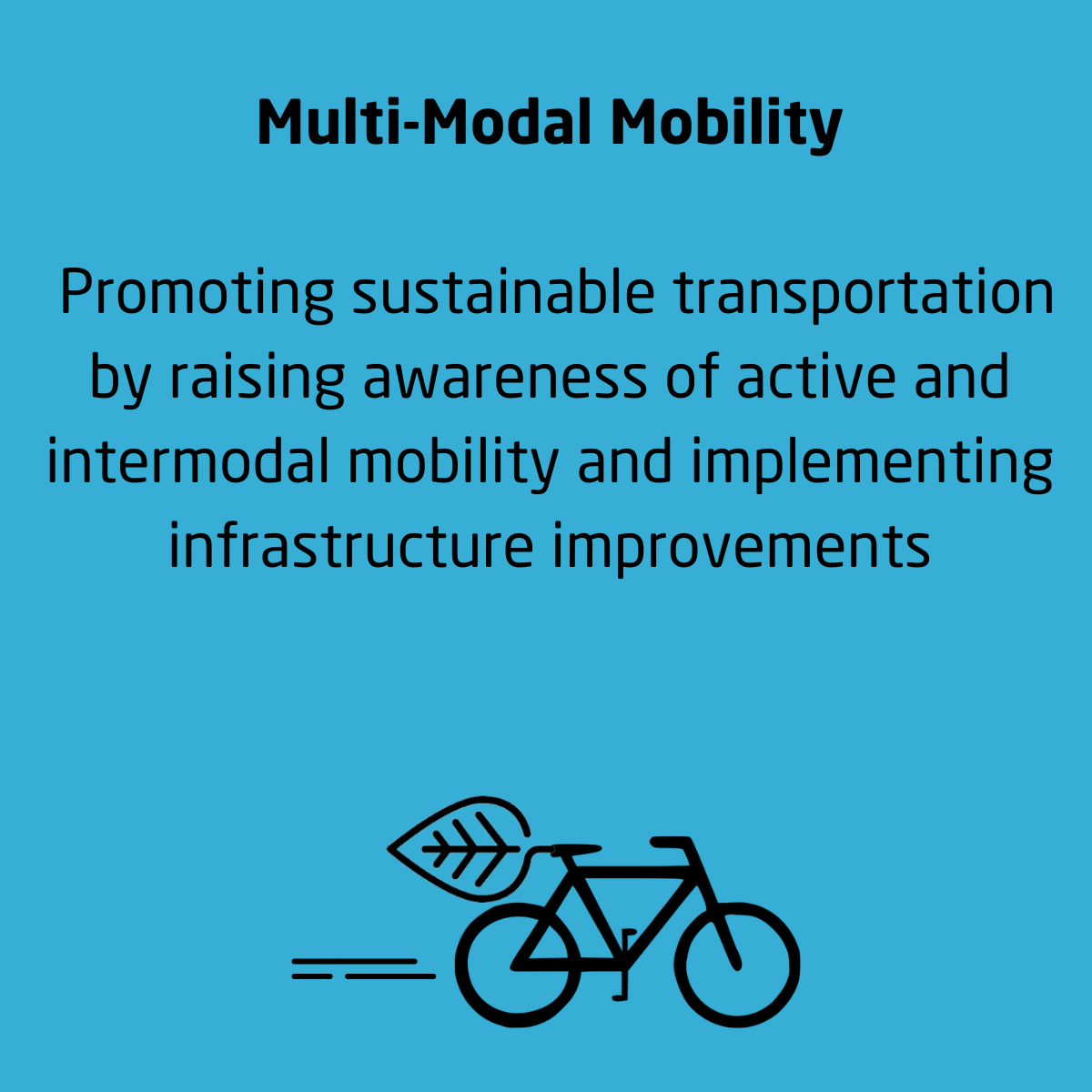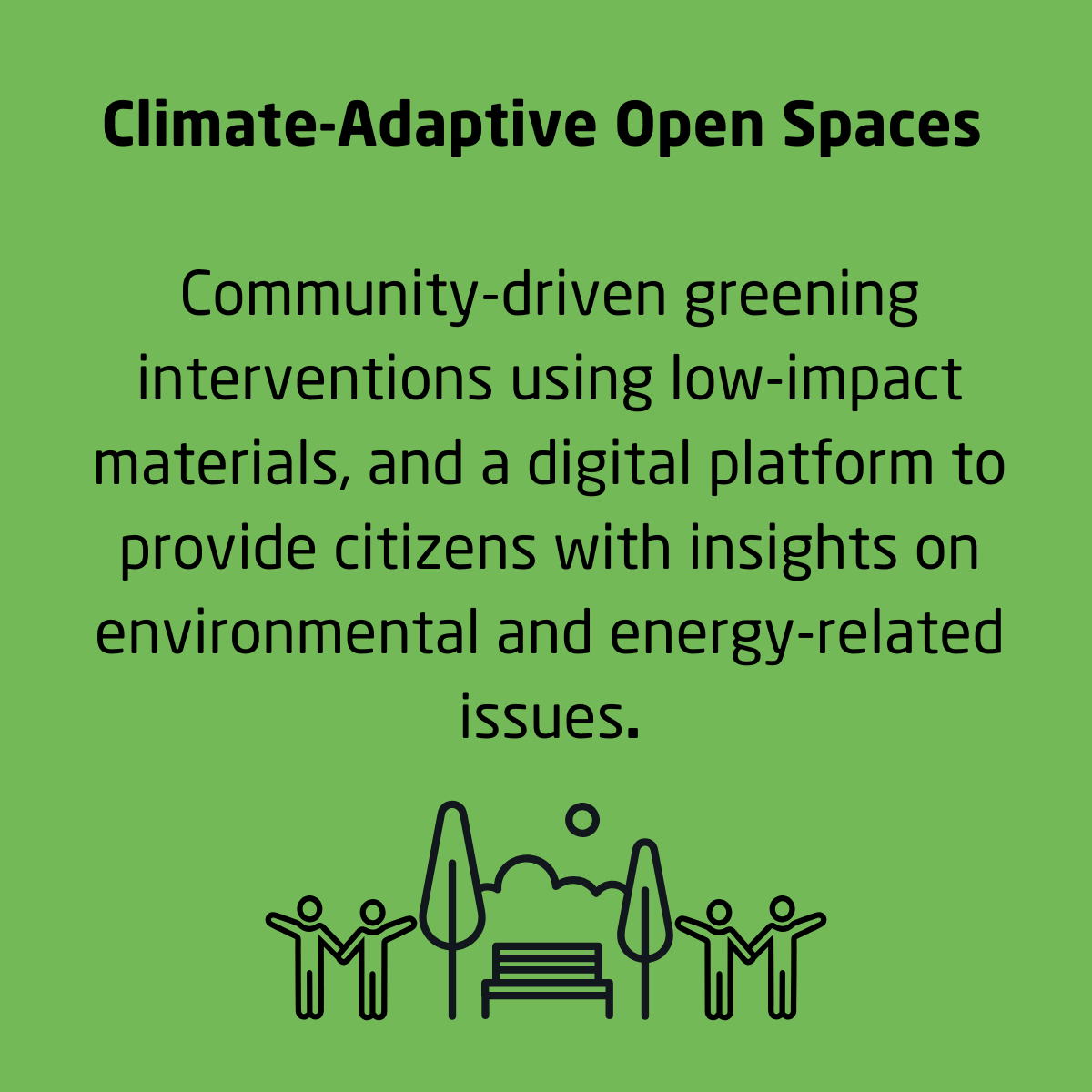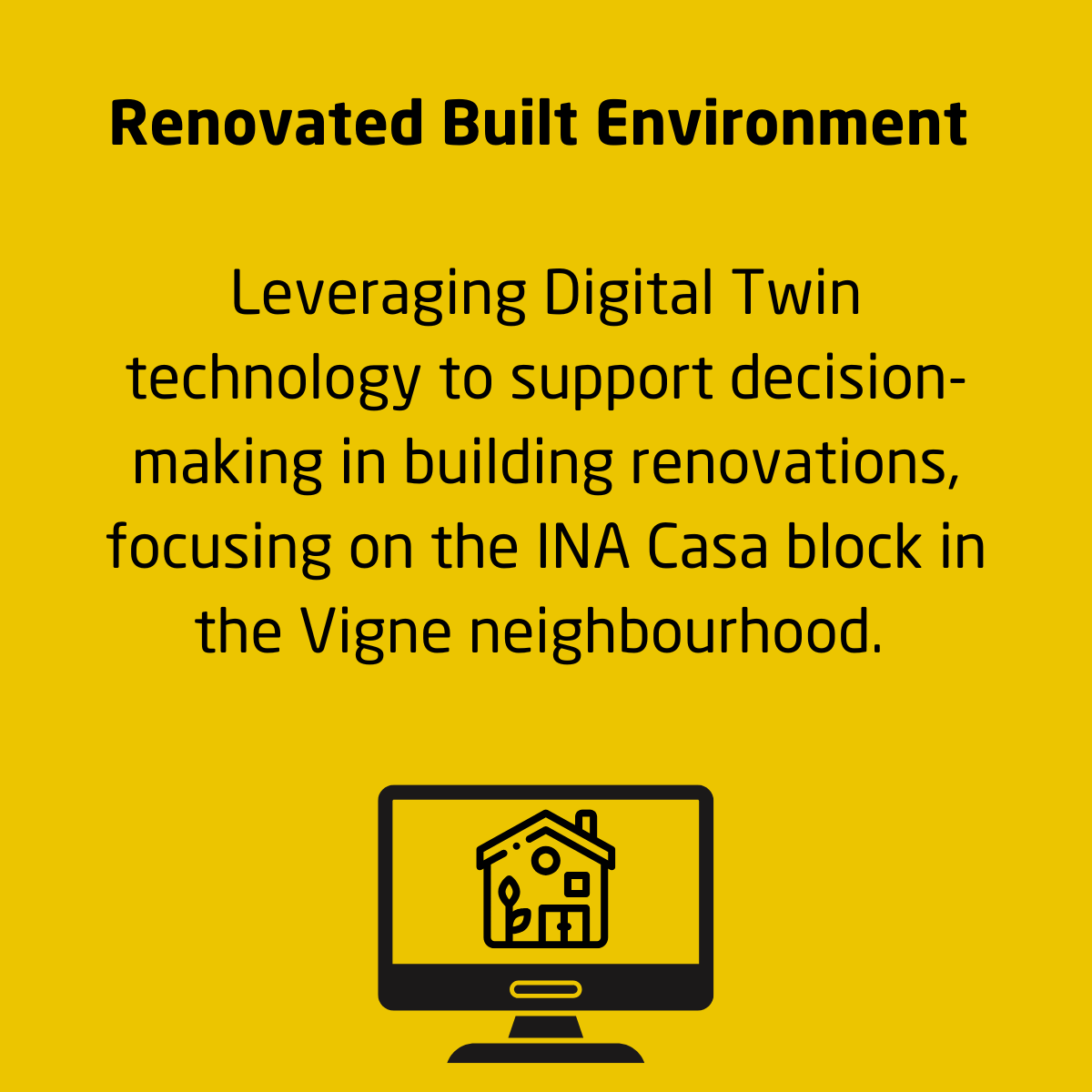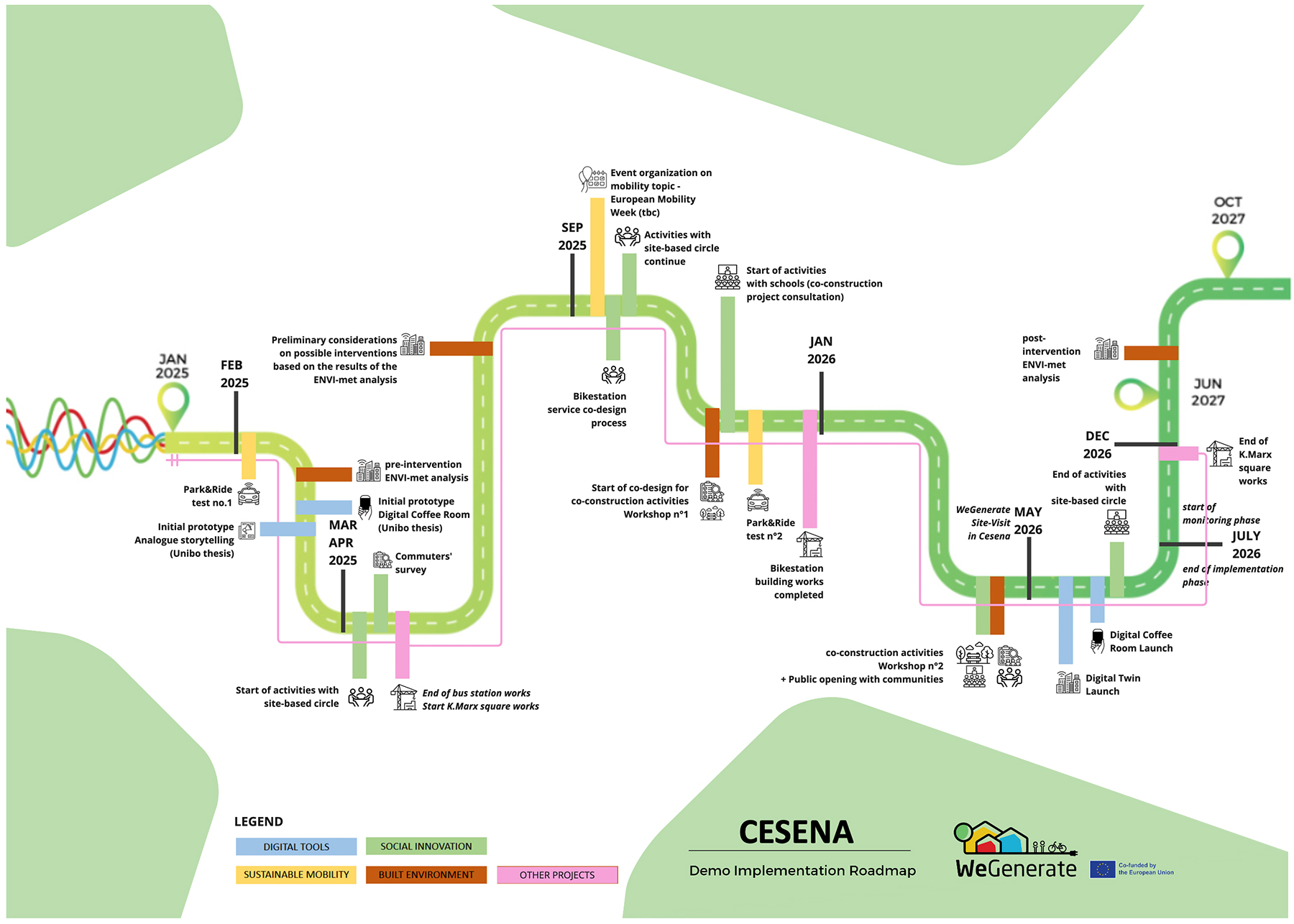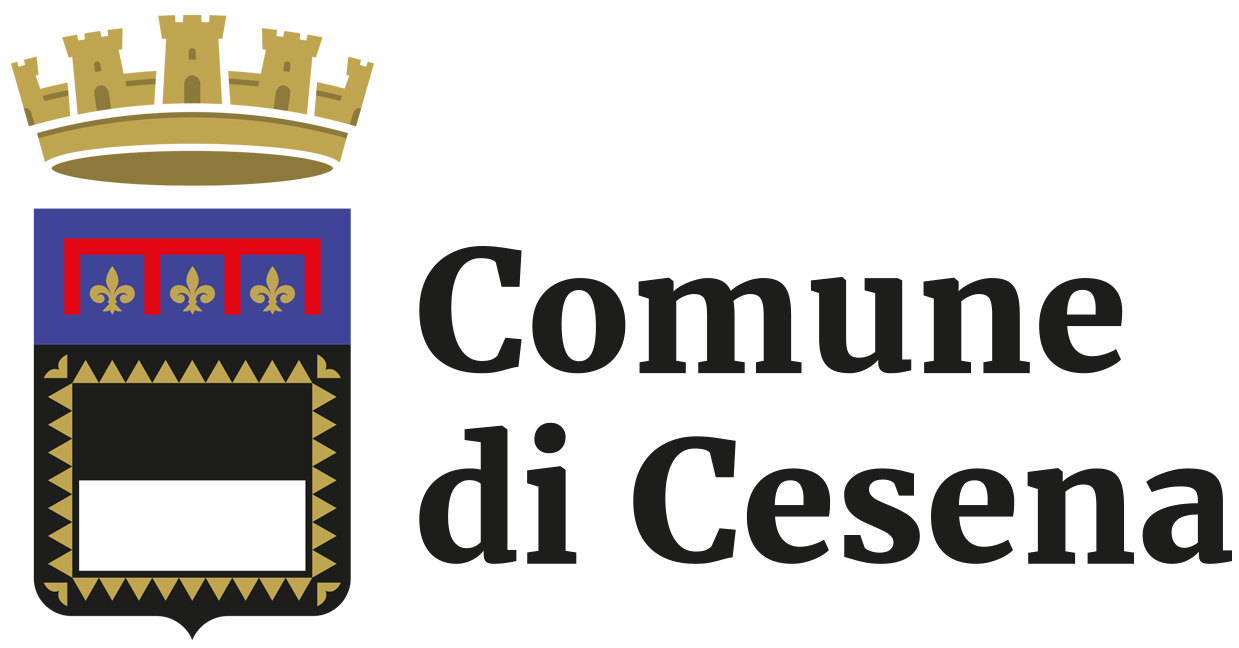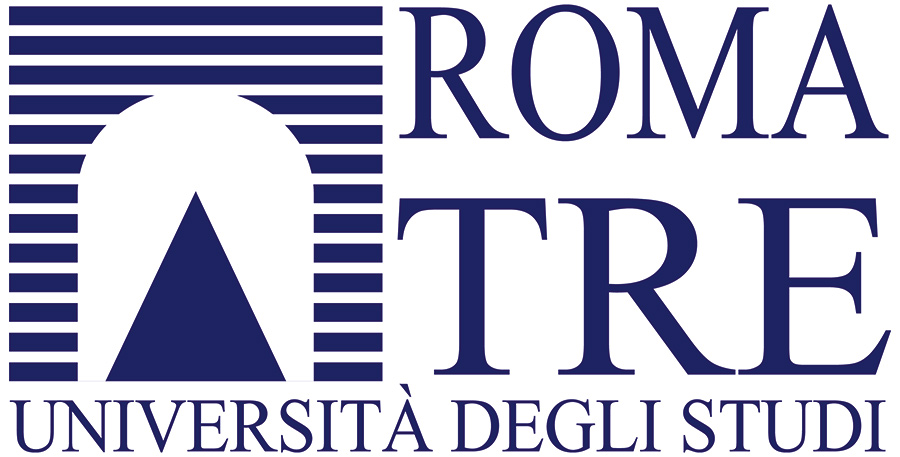Cesena, Italy
Re-Activating Urban Space from City Gateway to Neighbourhood
Cesena is a small city located in the northeast of Italy and the Demo site is nearby the historic centre at the north of the city. It can be divided into two main areas separated by the railway track. Although the two areas are just a railway track apart, there is a weak connection between them and each area faces its own challenges.
• Railway Station area (below the railway track) is where the central railway and bus stations are located. It is a post-industrial area converted into the services and transportation hub of the city. The area suffers from a lack of identity and low sense of safety especially during off school hours when the student population has gone home.
• Vigne District (above the railway track) is a predominantly residential area developed from the mid-1950s onwards as a social neighbourhood. Many buildings are characterised by poor energy performance and would need renovations. The presence of cars invading public space, the lack of social and recreation sites, and the underuse of outdoor green spaces describe some of the challenges that the neighborhood faces.
